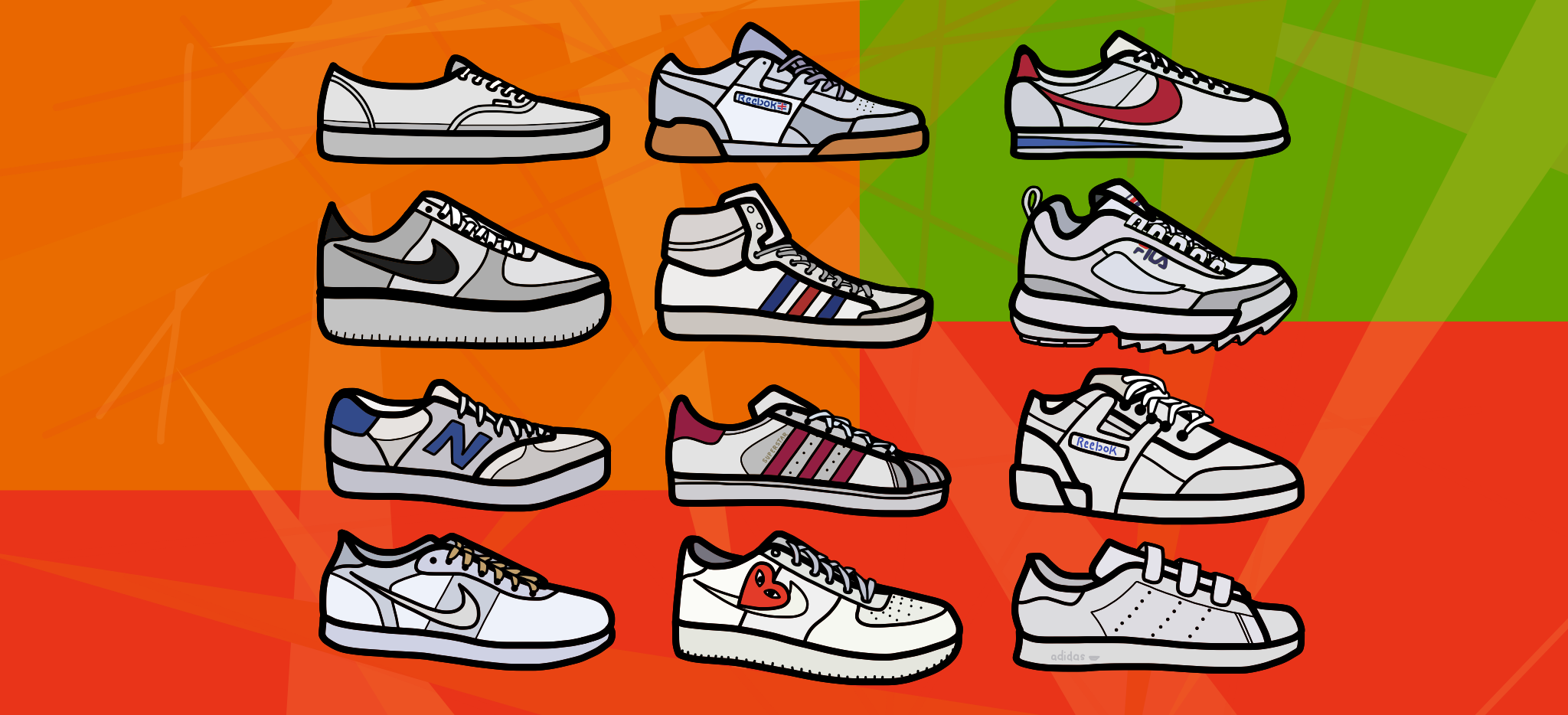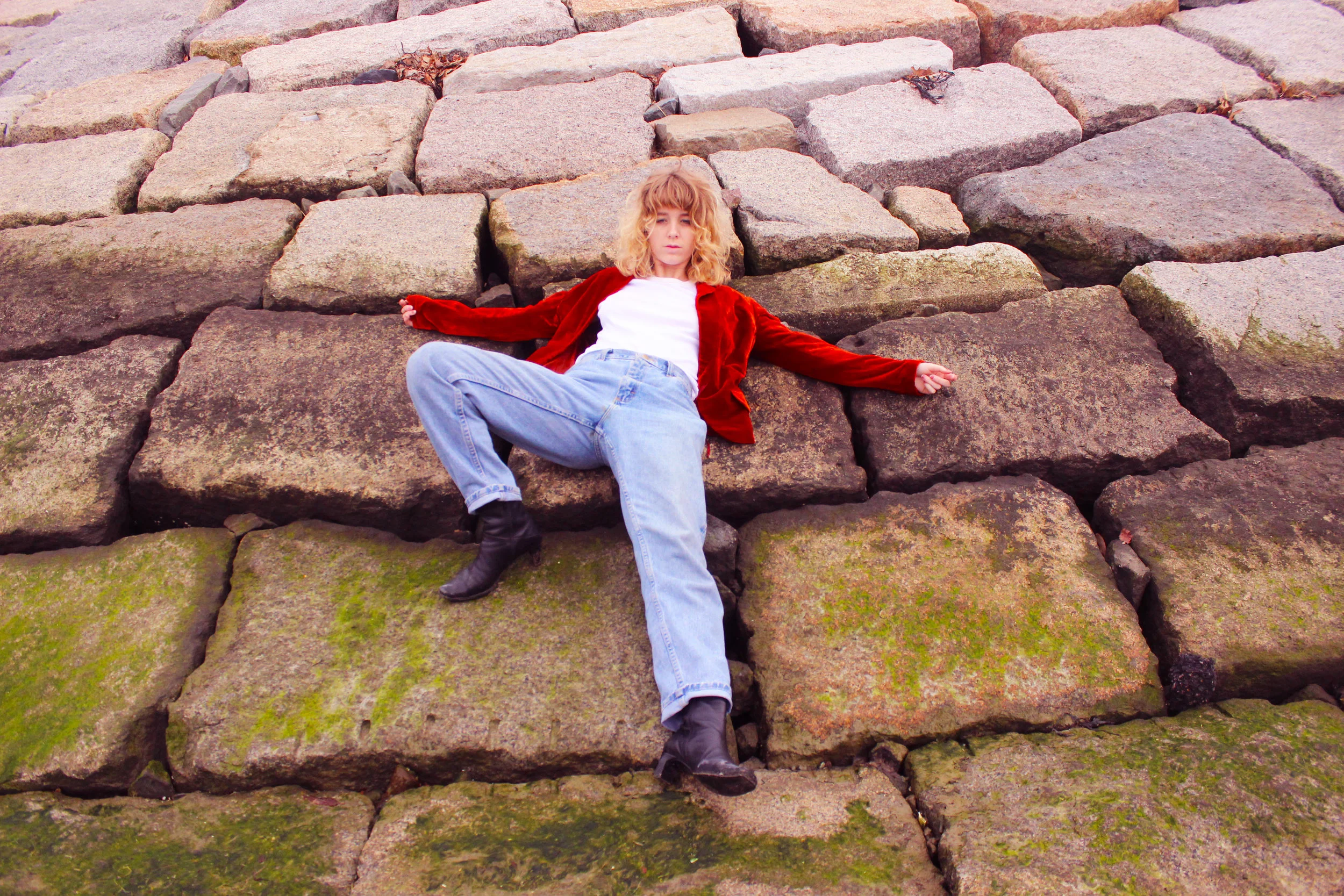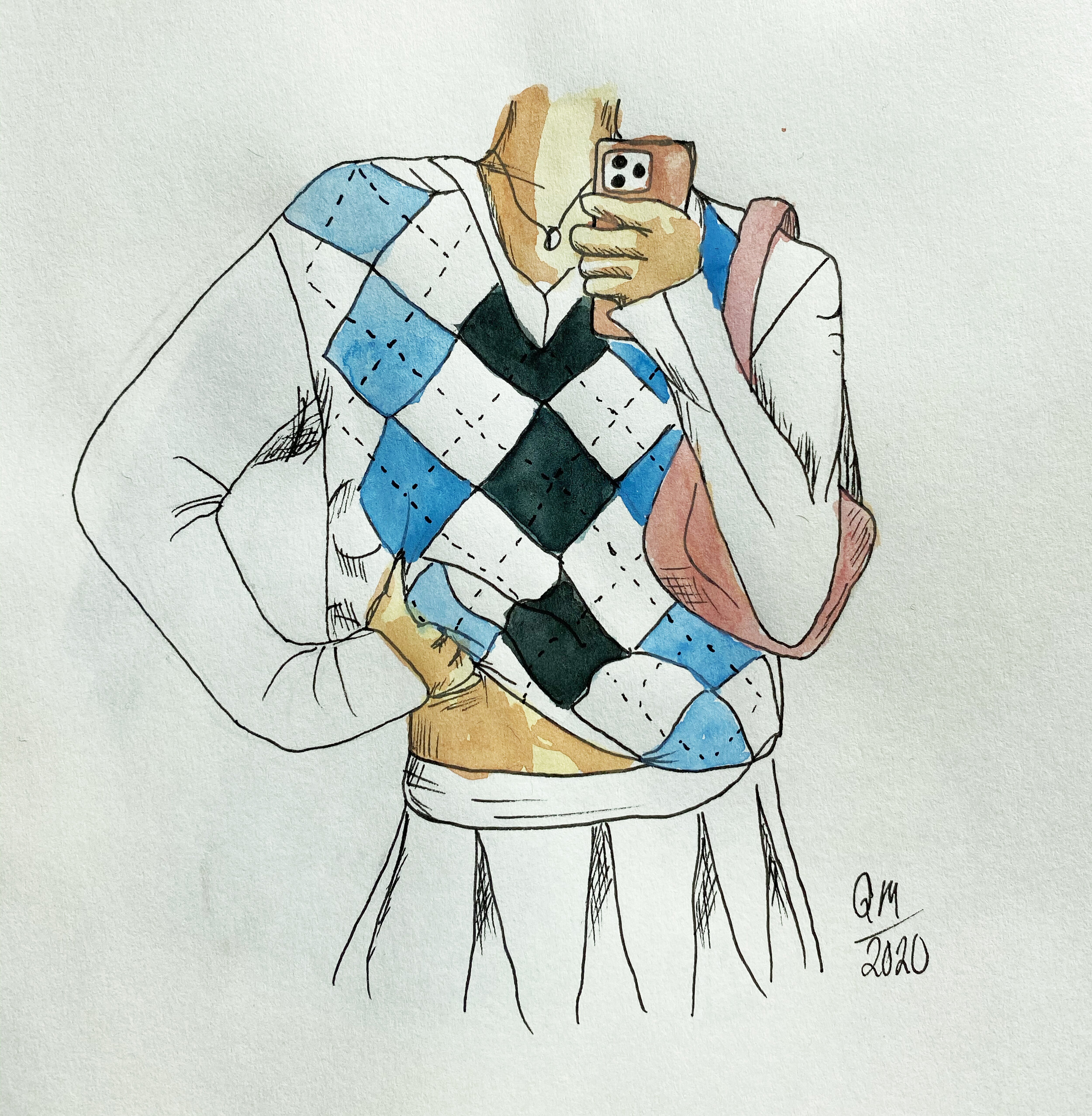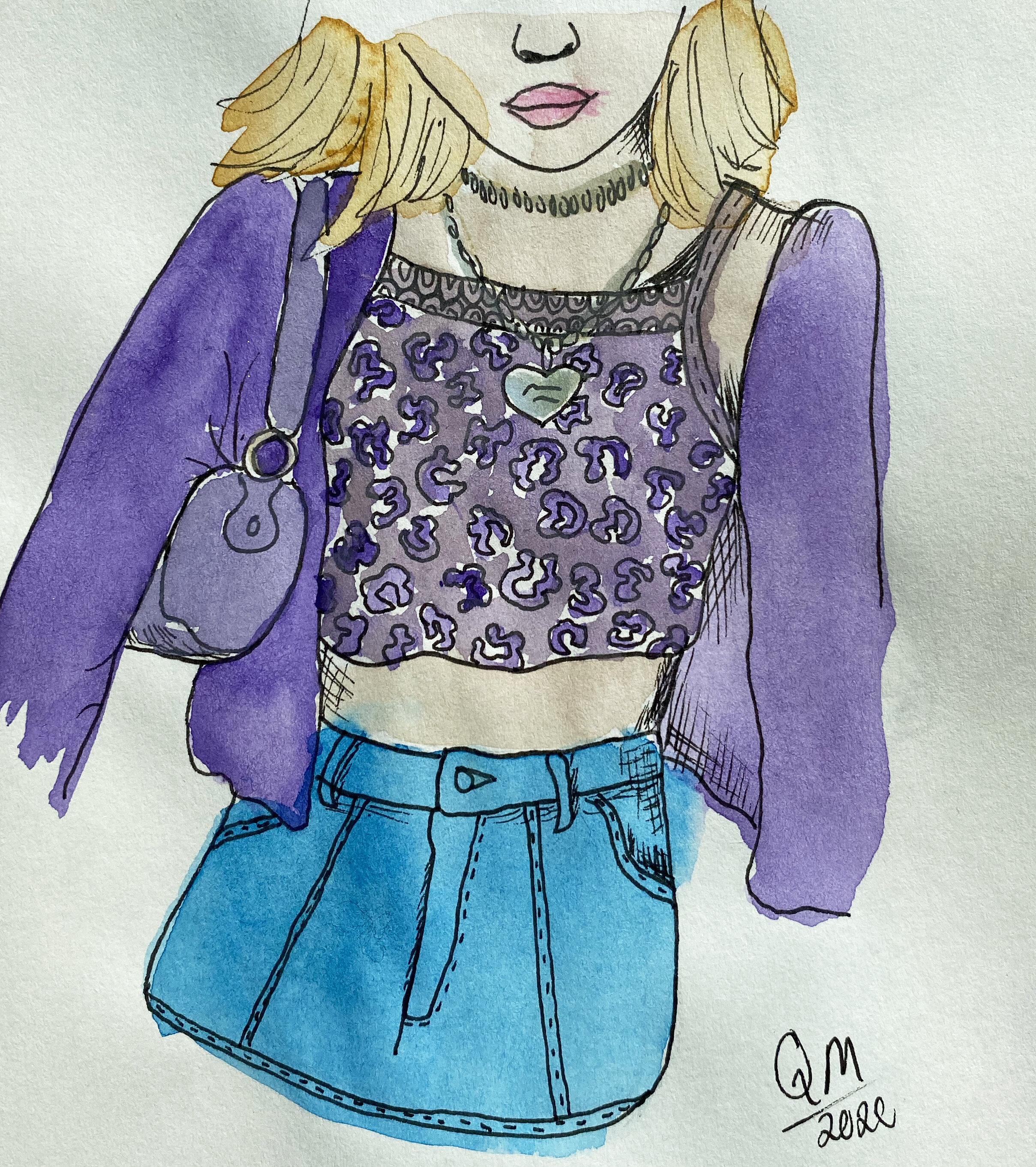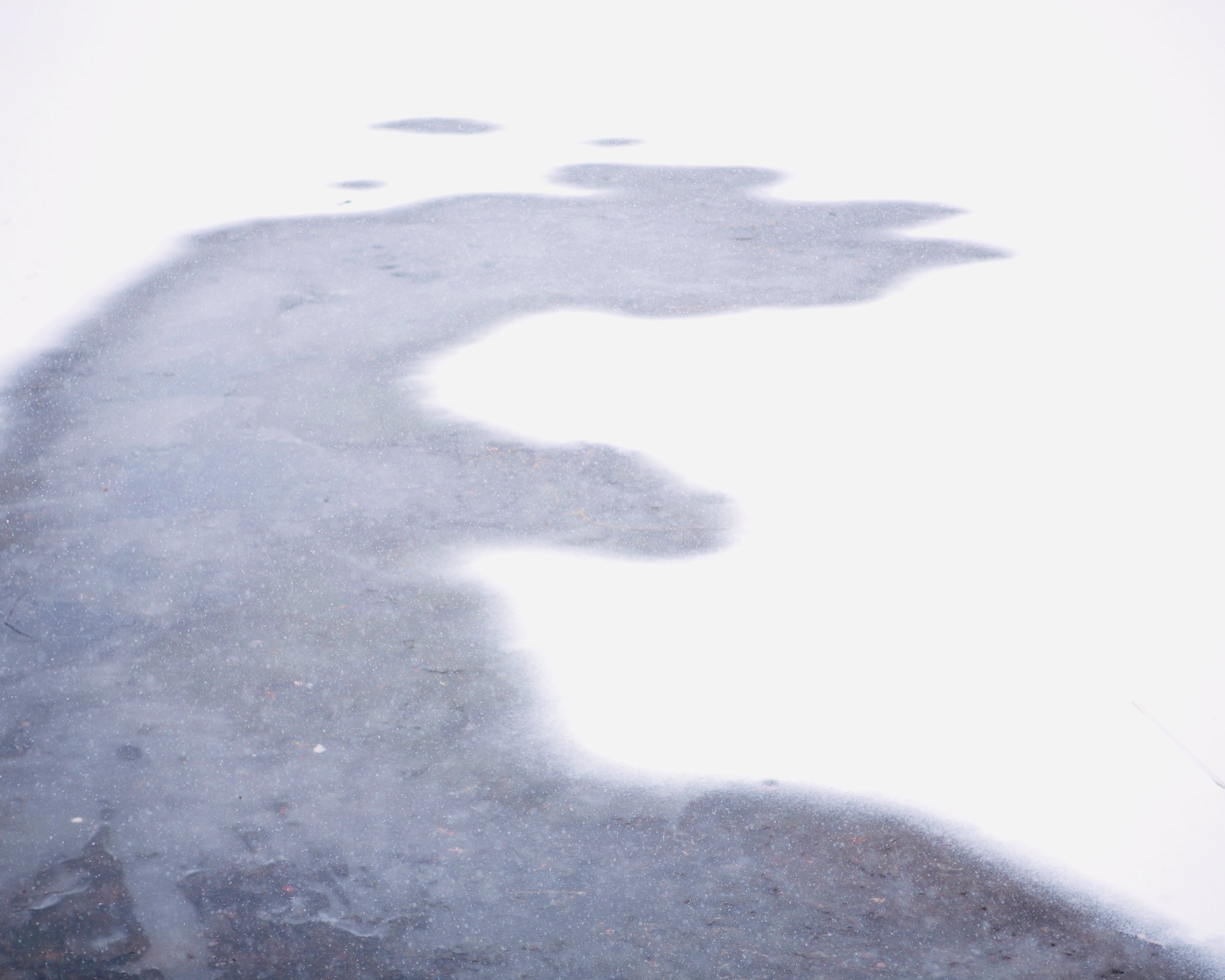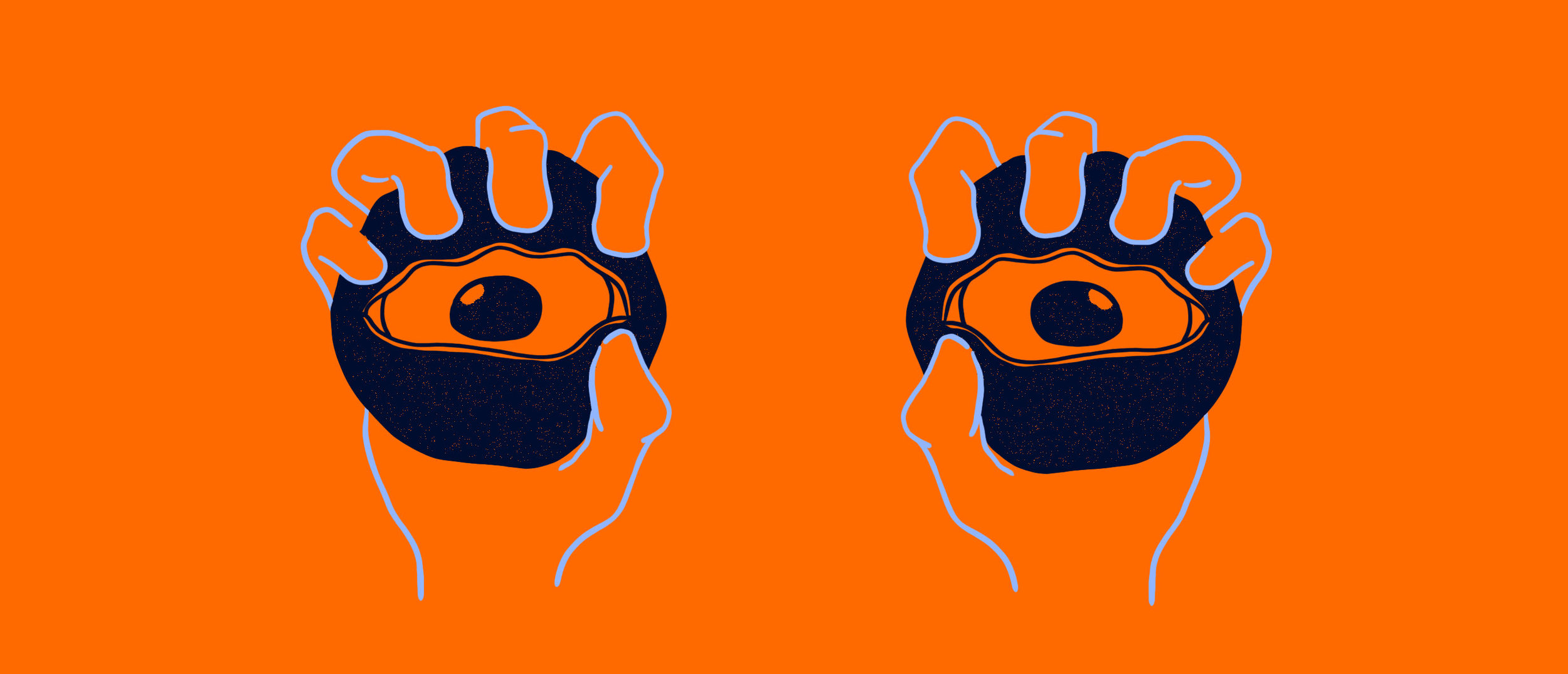Museum of the Mundane: A Showcase of the Commonplace
This is a display of only our lightest tragedies, gentlest dramas, and the occasional, ever-exciting pleasantry.
We are forced, every day, to feel every moment. Forced to place our concrete feet on the ground and lift them up again. We shuffle across our tiny rooms and begin our tiny lives and we say I can’t and then— like every other day— we do. We mask and lift our bricks once again; we exchange small talk in the elevators and glances on the sidewalk.
No matter how deep you scrub, your floors are still filthy. And your bread is still rotting, your trash is piling up. There is no more room for skeletons, the closet is full. You can hide the gritty but in doing so you only create the underbelly.
So, here it is— what is swept under the rug, hidden beneath fresh paint, washed down the drain (and snaked out again). Because when you unearth the shockingly filthy or the unnervingly ordinary you once hid away and become comfortable with its presence, you can begin to revel in the mundane.
Please, peruse our exhibition of the quotidian. We present to you, a Museum of the Mundane: A Showcase of the Commonplace.
Enjoy,
Sam Goodman
Museum Curator
Her Last Goodbye
Abigail Ross
She sends a wide smile in my direction. Her honey-colored eyes exhaust when I frown, returning a remorseful gaze. Don’t worry about me. A cigarette hangs between pursed lips, the long tobacco-stem quivering between shaking fingertips. Red and ashy, the tip illuminates when she inhales. I close my eyes and I feel the burden of her breath. A fierce wind whips and spins, as a chill falls all the way down my spine. The sound of pavement cracks beneath her worn, sunken sneakers. She fidgets in silence, twirling a single strand of blonde hair. This is a fallen dream, somewhere—in a life filled with mundanity. I open my eyes and she pivots, this time walking away forever. Her head bobbing up and down in acceptance of this fate. She exhales, nose pointed toward the dark sky in disbelief. When gray smoke ascends in the air, she weaves and curls her hands in the atmosphere. Destiny calls when quiet church bells ring in the foreground. With each step further away, she does not hear them. But her footsteps drift, straying in the distance, and I say a prayer. It reminds me of God. I know this is goodbye.
In Hiding
Jess Ferguson
I wake up some mornings feeling disconnected from my body, like two puzzle pieces that can sort of fit together if you squish them into place, but they don’t quite match up. I’ve spent so many mornings staring at myself in front of my Colonial dresser mirror (that has to be propped open with something else, otherwise it’ll slam closed. I toss different outfit combinations all over my floor and bed, hating every one. No, I can’t wear those jeans— they emphasize my stomach. No, I can’t wear that dress— it shows off my arms too much. I convince myself that if I just find the right outfit combination, my body will somehow morph, my body fat will shrink. It’s not just about wearing flattering clothes. I can hide what my body actually looks like, trick everyone into thinking that I’m not actually the size I am. I never find that outfit. Maybe if I contour my face the right way, cut my hair the right way, stand the right way, suck in the right way, I can sell a different version of myself. I never do. I’ve spent countless mornings picking apart everything until there’s nothing left. Rummaging through my belongings to transform myself into someone I’m not. It’s exhausting. I sit on the edge of my twin XL bed and groan in frustration. I start feeling tears forming and dab them away with a beauty sponge so as not to disrupt my makeup, feeling very much like Nina from “Black Swan.” Back to the drawing boards, this time with a different approach: what outfit do I want to wear? I settle on a rainbow striped sweater, a proud Depop find, my staple flared jeans, gold jewelry, and my trusty Air Force 1s. I’m done hiding. My outfit doesn’t hide my body— it can’t. Instead, my outfit is me. My body is me.
Weather Appropriate
Leah Heath
Today, I wanted to make vodka pasta, something my roommate whom I love (though I am not in love with) taught me how to make. It was 43 degrees out today, so warmer than normal. I was not planning on putting a jacket over a hoodie over a t-shirt. Instead I decided a hoodie was enough. Usually I walk fifteen minutes down Commonwealth to the grocery store, because I honestly don’t think it’s that bad. But I remembered how because of Thanksgiving week I didn’t use my T-Pass for half that week. So I decided to take the train two stops to the grocery store. Honestly, with the wait, I could have just walked. But I was already regretting the solo hoodie combination with the frigid air. My fingers do this thing in the cold where I can bend them but they just feel numb. I hate that feeling, especially with my hands curled around a new phone case. And I hate gloves that aren’t disposable. My grocery shopping wasn’t anything special, but I regretted choosing check out lane 13. There were two people in front of me and I had just happened to choose the one where someone’s nitpicky grandma decided to badger the cashier about her unclipped coupons. But with two people behind me and all lanes bleeding into the aisles I felt stuck.
Breakfast, Lunch, and Dinner
Mary Kassel
Open the box. It smells like cardboard. Yeah…because it’s a cardboard box. The noodles also smell like cardboard. Noodles don’t really have a smell. The powdered cheese is locked away in its little pouch. Okay, not, like, locked away. I just have to rip it open. It’s really not that deep. I couldn’t find the lid for the pot, so the water’s going to take longer to boil. Fuck. I definitely could’ve just found the lid if I looked harder, but I literally just decided to “take the L”. Now the water is starting to boil and I haven’t even gotten the milk out yet. Or the colander. Jesus, how did this become stressful? Is it stupid to use oat milk if there’s real cheese already in it? Okay, now the noodles are in. I don’t even know what al dente means, but I feel like that’s probably fine. We only have wooden spoons, which are probably better for the environment, but I leave them in the sink too long and they start to rot. The box says it takes eight minutes, but it always takes way longer. This wouldn’t happen if we had a gas stovetop. Now I’m on TikTok watching someone cut up actual vegetables for an actual meal. I haven’t eaten vegetables or gone grocery shopping in a month. I think the pasta is probably ready now. I try a noodle, but it’s way too hot and I burn my tongue. I pour the water out and accidentally splash on my hand. I can’t yell because my roommates are asleep. I add too much milk and there isn’t enough cheese in the packet. Now, I can eat an entire box of mac and cheese.
Bedroom Queen
Sam Goodman
In the mornings I slip into nude pumps- the largest I could find. I learned to walk in them; when I took my first steps I stumbled and fell, but since I’ve found my center. So, at 9:38 a.m.— with the blinds shut— I’ll find it again. Pose on 1, shift weight on 2, turn to find my light. I twist and jive, dip and dive, spin and kick, strut and buck. Under me, my feet begin to sweat and swell. The shoes become slippery, they skin my ankles, I lose my center. My soles are red and wet, sticking to the inside of the cheap pump as I peel it away from raw skin.
In the evenings I shave. If I don’t, whiskers grow and I begin to itch. But the more you shave, the quicker it grows. I’ll have to remember that the next time I swipe the blade across the ridges of my chin, praying the hair will never grow back. Because it always will— thick and course— above my brow bone and underneath my arms. I can shave until the skin is smooth but still, hair will still grow. And besides, it’s never smooth enough; just under the surface, more hair waits to sprout and in the morning, I’ll have to start all over again.
On Getting Ghosted (By My Mom)
Sophia Kriegel
There’s a hollow ten seconds in between dialing my mother’s number and the sound of her voice upon answering. The low ring. The chatter of a child walking past, asking questions her parents can’t answer. Honking cars. Gossipping teens recounting a weekend of mischief in that candid, loud way that makes passerby’s roll their eyes and brand them neive. It’s a call I make everytime I walk the fourteen minutes to work, perfectly timed out to have a quick but meaningful conversation about the daily happenings of my chaotic college life. Sometimes, I go the whole fourteen minutes talking about myself and then I arrive and I remember she barely got a word in so who is this all really for? In the ten second waiting period, there’s a sudden realization that there is a very real possibility that she might not answer. Which spirals into a panic that she may never answer. I don’t know why I’m so afraid that my mother, who birthed me and loves me and always leaves a voicemail when I don’t pick up, will ghost me. But in those ten seconds, everyday, I think it might be the day she decides she doesn’t want to hear what I have to say anymore. I think she’s tired of me talking and talking, only allowing her space for the occasional affirmation or word of agreement. I think she’s tired of me. I type in the digits that will spur this anxiety. Click on that green button that puts the act in motion. Hold my jaw tight, waiting. Wondering if I'm the type of person that even my mother could get exhausted of. Convincing myself it’s true. She answers.


